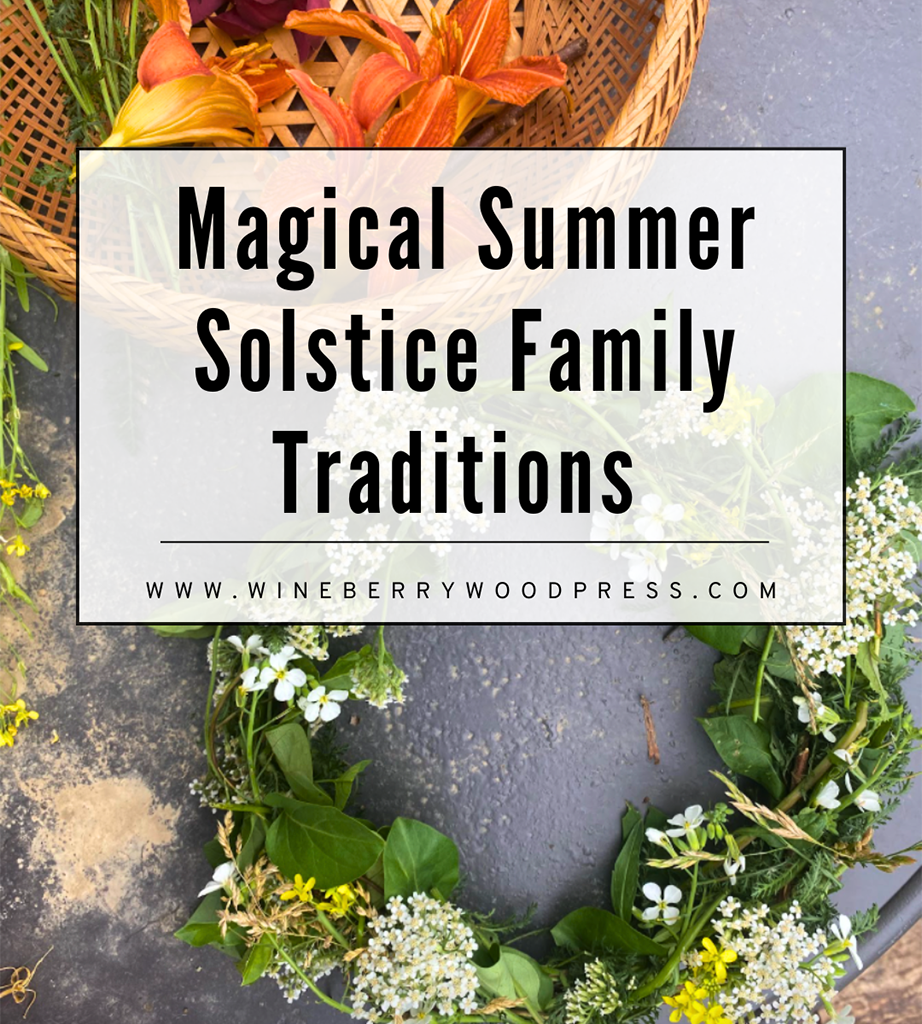
The Summer Solstice is the longest day of the year. It’s the day that the earth is tilted the closest to the sun and consequently has more hours of sunlight and less hours of dark then any other day of the year. The sun is at its highest point in the sky on the Summer Solstice and shadows are the shortest they will be all year. The word solstice comes from the Latin, sol means sun and stitium means still. The sun on the Solstices seems to pause, leading our ancestors to surmise that it was standing still for a time. Humans have observed the Summer Solstice since the Stone Age. Stonehenge was built at least in part to track the Solstices. On the Summer Solstice the rising sun is framed by the stones and shines into the center of the monument.
Both the Summer and Winter Solstices celebrate the sun and make note of it’s position. In winter, we make images of the sun (sunbread, sun tree, solstice countdown, ice lanterns) because it is the darkest day of the year and we want to welcome the sun back. In summer, the sun is at it’s full glory so we choose to use the sunlight for all kinds of fun projects. We no longer have to make due with images of the sun, we have the real deal.
Celebrate the Sun:

Make a Sun Catcher (plarn, bioplastic, simple, daylily)
Lore & Ritual:
A Sunny Seasonal Feast:
h

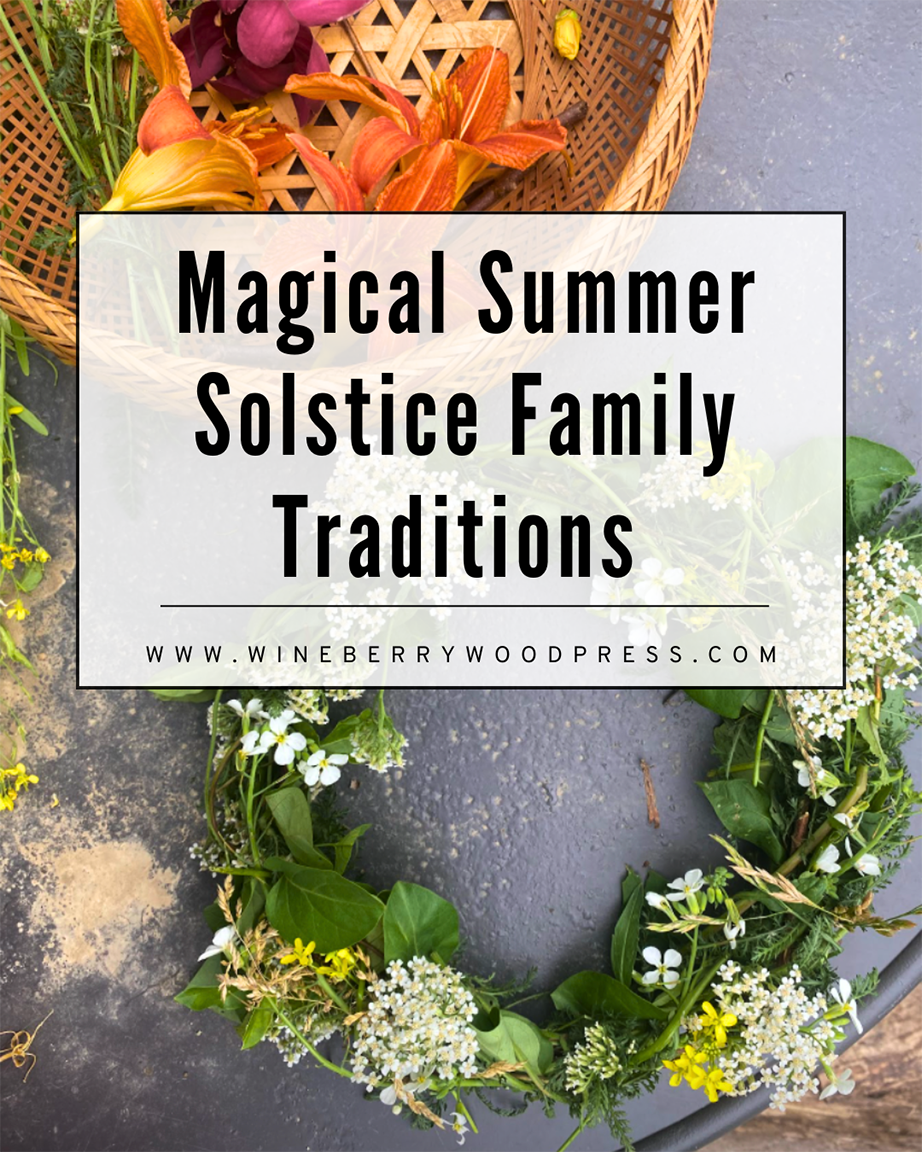

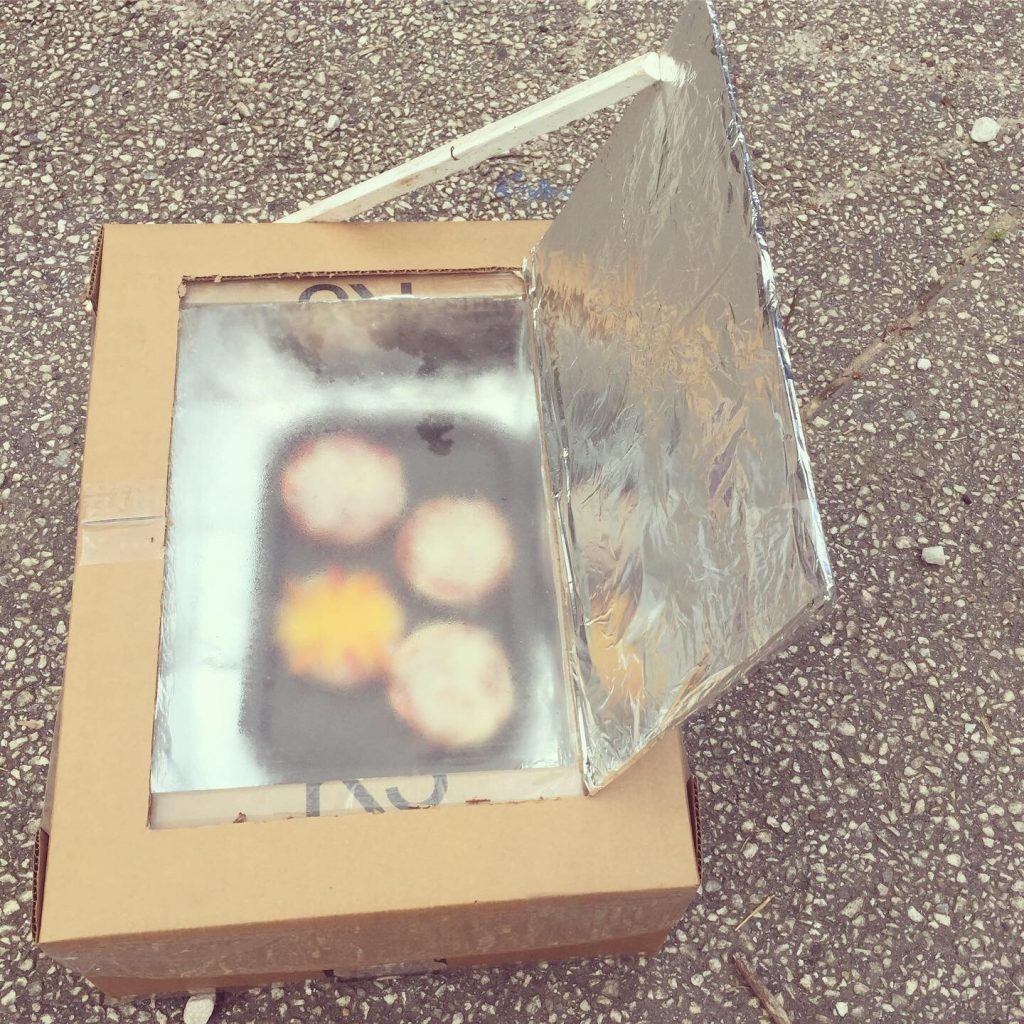
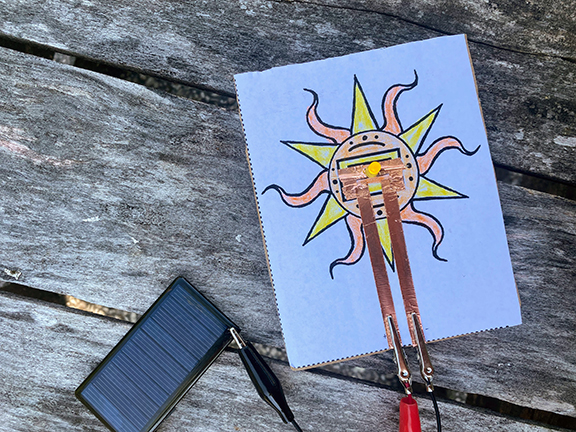

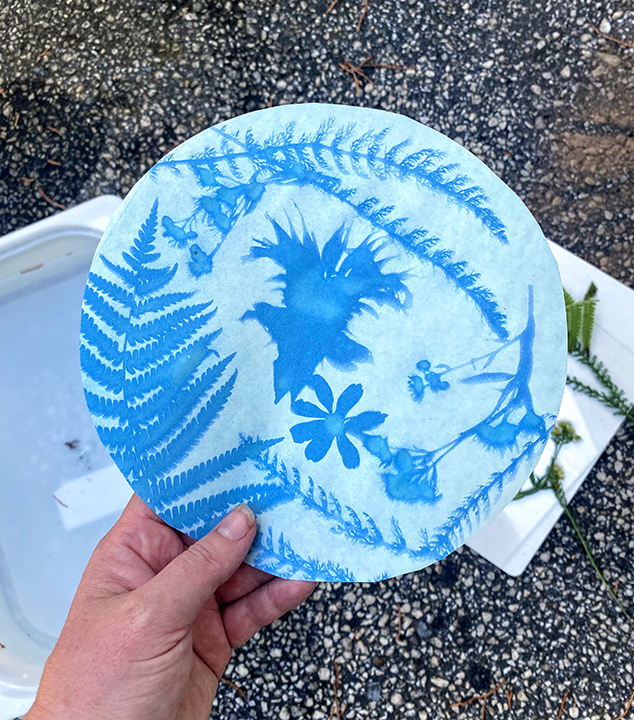



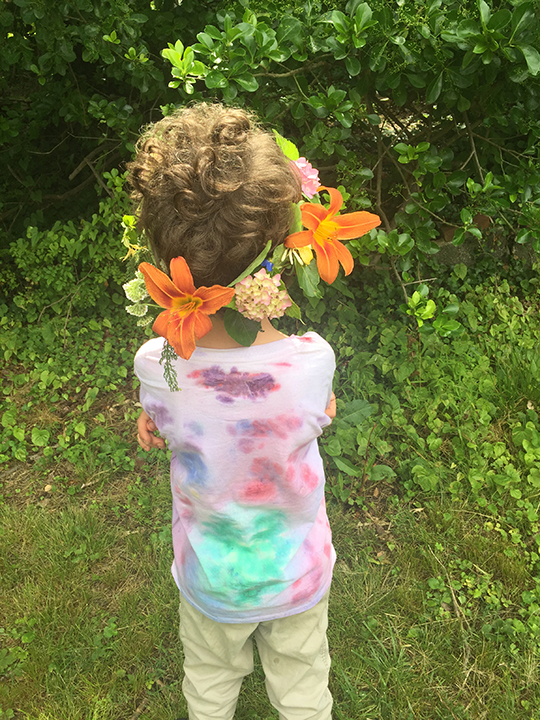


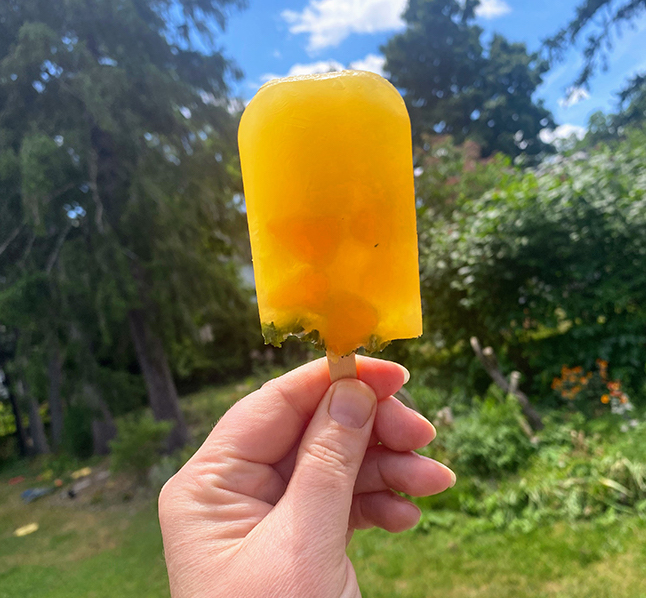
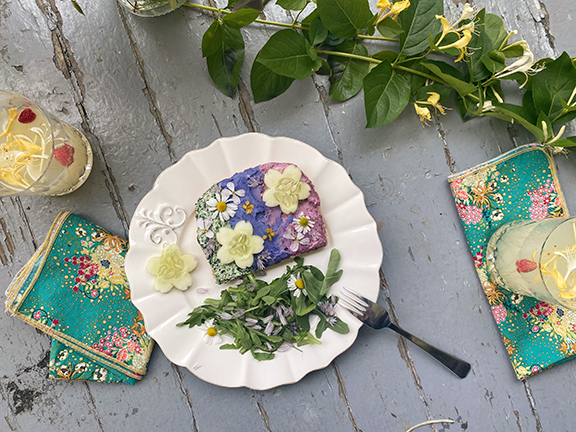
[…] Both the Summer and Winter Solstices celebrate the sun and make note of its position. In winter, we make images of the sun because it is the darkest day of the year and we want to welcome the sun back. Most of the traditional winter holidays (in teperate climates) celebrate light in the darkness this time of year. Check some ideas for sunny Summer Solstice here! […]